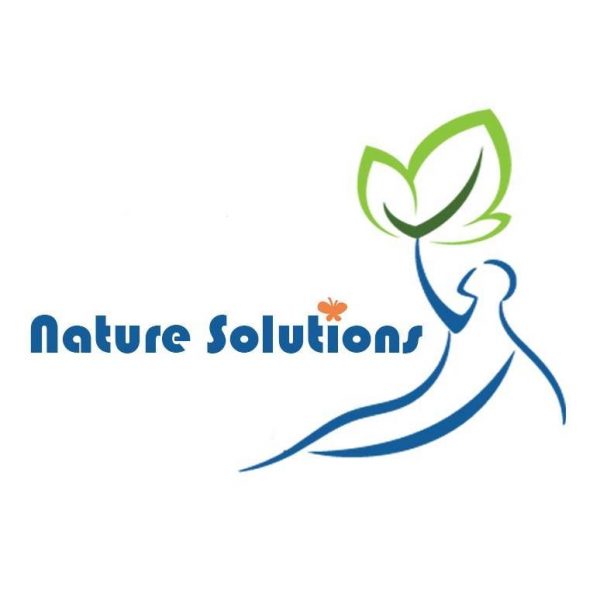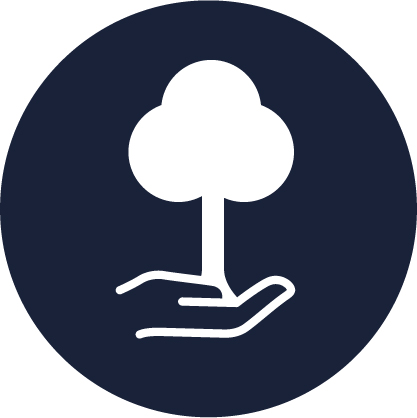
Preserving Endangered Plants in the Talassemtane National Park, Morocco
The Nature Solutions Association is committed to the protection of red-listed plants affected by climate change in the Talassemtane National Park.


Overview of the project
The Talassemtane National Park is a key area for plant biodiversity due to its exceptional wealth of red-listed woody species. However, despite the site’s richness and classification as a protected area, the actual state of conservation remains modest and various problems are forcing the park to be protected from illegal exploitation by neighbouring populations, clearing of woodland, arson for market gardening, or illegal cannabis cultivation, as well as the effects of climate change, which have become recurrent.
Nature Solutions has actively participated in updating the Talassemtane Park’s development plan, launched by the High Commission for Water, Forests and the Fight against Desertification (HCEFLCD) in 2017, according to a consultative process involving local stakeholders with a view to revitalising the territory and implementing a new action plan integrating the objectives of conservation and local socio-economic development.
Today, the association seeks to strengthen actions to conserve flora and habitats, while enabling sustainable socio-economic development of the area by federating the local actors who have developed projects for the conservation and enhancement of the Talassemtane ZIP (zone important for plants). Also lacking is a complete inventory of the species in the park’s floristic procession and a mapping of critical or endangered species should make it possible to develop a rigorous monitoring protocol. Nature solutions is also pursing a programme to popularise this knowledge in order to raise awareness of neighbouring populations about the natural economic value of the park. The diagnoses and proposals developed by local stakeholders will be made available to the Talassemtane Park’s management for revision of its development and management plan launched by the High Commission for Water and Forests.
Protecting red-listed plants in Talassemtane National Park from the effects of climate change.
Ongoing research
3/1/2019 2/28/2021
- A monitoring protocol for red-critical and endangered plants is available for monitoring species in the Talassemtane Park.
- An action plan for the conservation of plants in the Talassemtane Park is prepared.
- The capabilities of six managers are improved by taking into account the genus aspect on issues related to the effects of climate change in particular.
- The management of Talassemtane National Park (58,950 hectares) is improved.
- The Nature Solutions Association sees its capacities strengthened and is better equipped to make a lasting commitment to plant conservation at the local and national level.
Project financed by the Critical Ecosystem Partnership Fund (CEPF).
organisation

The association “Nature Solutions” aims to conserve Morocco’s natural heritage by implementing nature-based solutions that allow ecosystems and local populations to become more resilient to climate change. By combining technical innovations, scientific knowledge and local know-how, its areas of intervention are:
- Rehabilitation of natural environments, wildlife and their habitats.
- Solutions for saving natural resources: water, energy and waste recovery using innovative techniques adapted to the local context.
- Development of nature-based economic activities that respect the environment and benefit local stakeholders: agro-ecology, ecotourism and promotion of local know-how.
- Programmes to raise awareness and promote solutions based on nature and the environment.
- Development of environmental governance in public institutions, CSO and among scientists.



